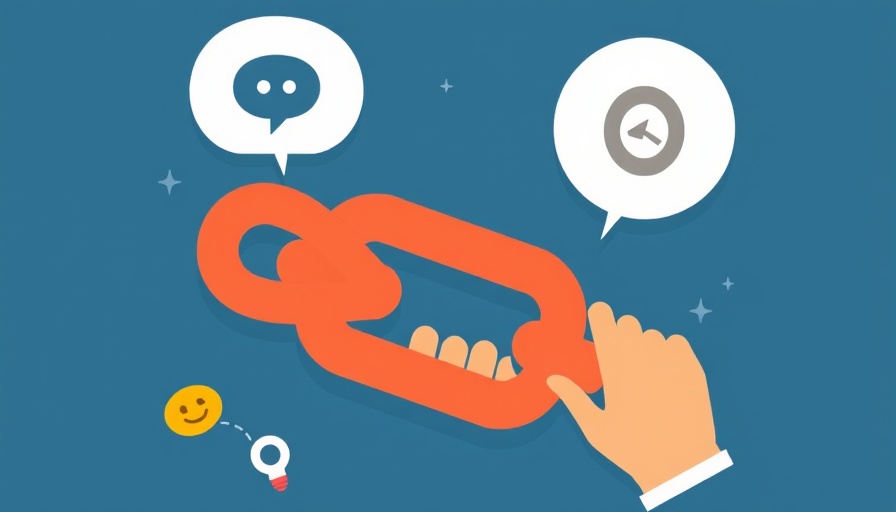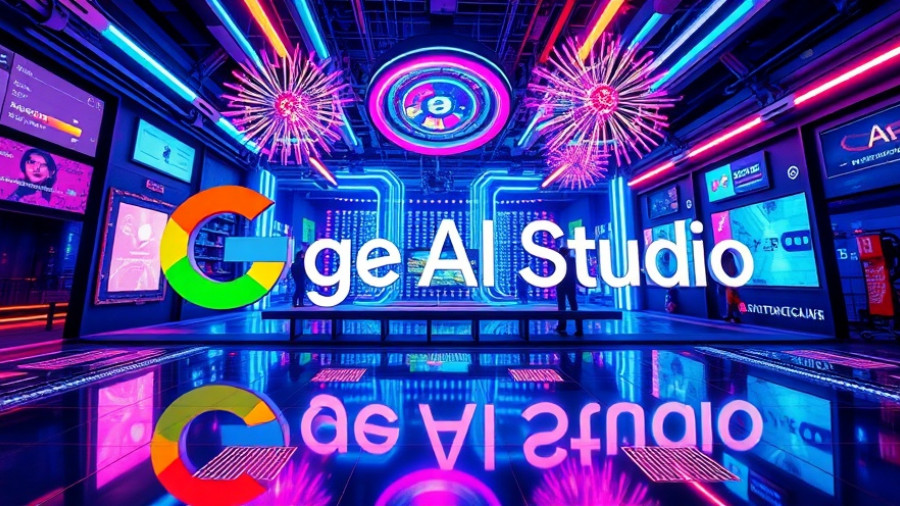
Understanding Link Bait: Your Key to Backlinks
In the competitive world of digital marketing, link bait represents one of the most effective strategies for acquiring backlinks, thereby enhancing a website’s authority and search engine ranking. At its core, link bait consists of creative content designed specifically to attract links from other sites, helping businesses raise their profile.
Why Link Bait Is Essential for SEO Success
The effectiveness of link bait lies in its ability to address specific user needs or emotions. According to industry leaders, quality link bait generates an impressive volume of backlinks, which serve as endorsements of your content's relevance and value. This not only boosts traffic but also signals to search engines that your website is a credible source.
Six Proven Examples of Successful Link Bait
1. **Semrush’s Website Study**: This report on the most-visited sites in the U.S. amassed around 4,000 backlinks, primarily because it provides valuable data that marketers and SEO experts crave.
2. **IDRlabs’ Food Disgust Test**: An engaging interactive quiz that has accumulated over 1,400 backlinks. Users are motivated to share results with friends, naturally creating inbound links.
3. **The Points Guy’s Monthly Valuations**: This popular monthly assessment concerning loyalty program values has become a staple for credit card comparisons, leading to approximately 8,000 backlinks from referring domains.
4. **JustPark’s Reaction Time Test**: By virtue of being both educational and fun, this game has drawn considerable attention, earning about 4,400 backlinks while being featured in major publications like the Daily Mail.
5. **99designs’ Color Theory Fundamentals**: The informative take on a timeless subject continues to harvest backlinks due to its evergreen nature.
6. **BuzzFeed's Quizzes**: Utilizing humor and insight into personal preferences has made BuzzFeed a master in creating link bait that not only entertains but also engages users. Websites often link back to these quizzes as they provide entertainment value, leading to high share potential.
Creating Your Own Link Bait: Strategies for Success
To craft impactful link bait, consider the following strategies:
- Innovative Content Ideas: Employ listicles, infographics, or insightful guides that establish your authority in your niche.
- Emotional Engagement: Content that resonates emotionally is more likely to be shared. Aim for pieces that invoke strong, positive reactions.
- Timeliness and Relevance: Create content that aligns with current trends or pressing issues, which increases the urgency for others to link to your insights.
FAQs: What You Need to Know About Link Bait
What kinds of content work best for link bait?
Content types like research studies, how-to guides, and engaging quizzes typically perform well. They provide social proof and are naturally shareable.
How do I measure the success of my link bait?
Utilize tools like Google Analytics to track traffic growth, social shares, and backlinks. Monitoring these metrics can help you refine your content strategies.
Is link bait suitable for every industry?
While certain styles of link bait may resonate more based on industry, with creativity, any business can find effective methods to create compelling content.
Conclusion: Maximize Your Digital Presence with Link Bait
As digital marketing trends evolve, the importance of link bait continues to grow. It represents not only a strategy for gaining backlinks but also an opportunity to engage and share valuable insights with a wider audience. Businesses that understand how to effectively utilize link bait will likely see an increase in both traffic and authority in their sectors.
Stay ahead of the curve in digital marketing trends and learn more about creating impactful content through our comprehensive guides and strategies. Embrace the power of link bait and watch your online presence flourish.
 Add Row
Add Row  Add
Add 




Write A Comment